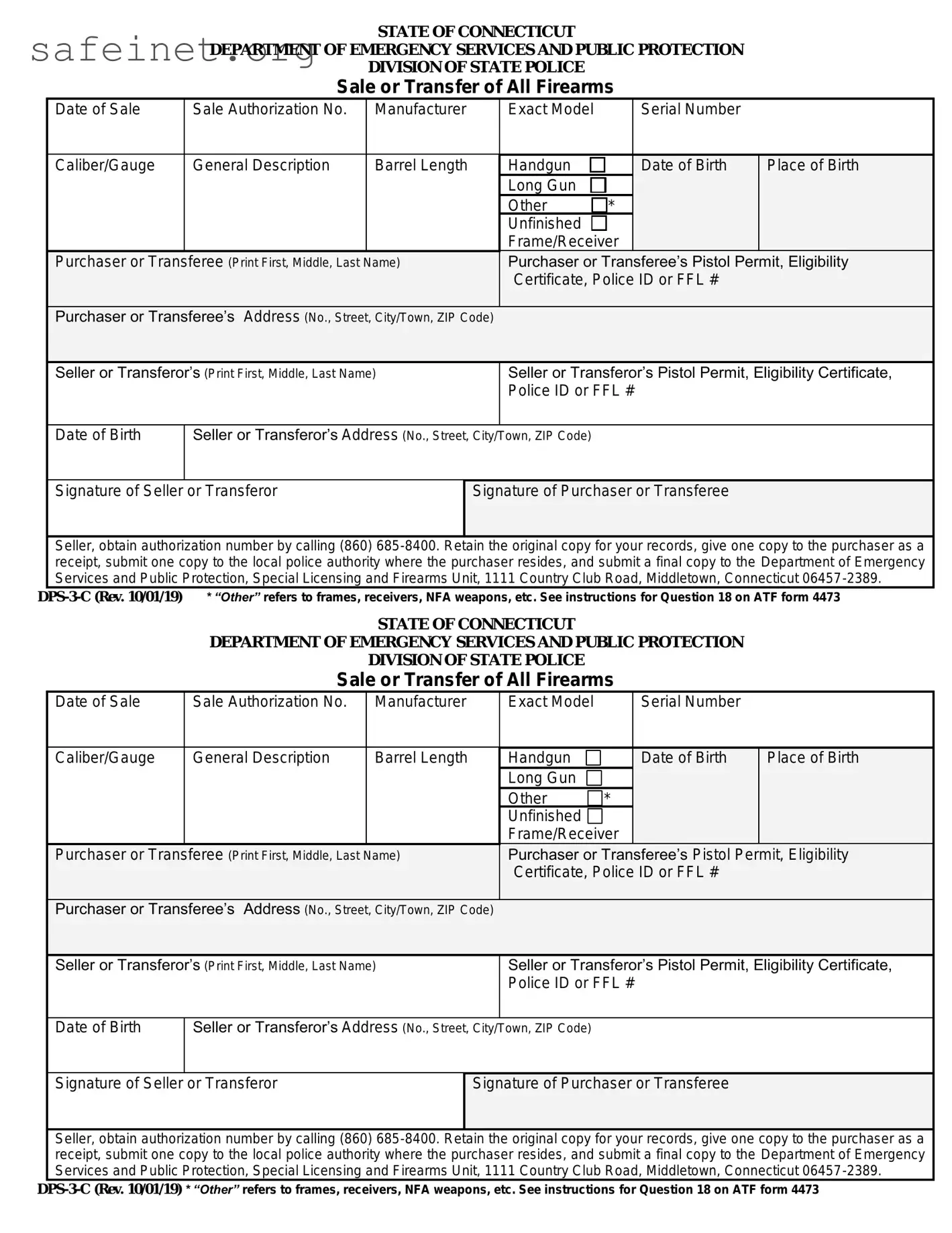What is the BOS DPS-3-C form?
The BOS DPS-3-C form is a key document used in various legal and administrative processes. It usually serves as a declaration or application form that needs to be filed as part of a specific procedure. This form is often required for individuals or entities engaging with governmental agencies or seeking certain benefits. It is important to understand its purpose to ensure you complete it accurately.
Who needs to fill out the BOS DPS-3-C form?
Typically, anyone who is involved in the process related to the purpose of the BOS DPS-3-C form may need to fill it out. This could include individuals seeking permits, licenses, or grants, or perhaps organizations applying for funding. Depending on local regulations, even certain businesses might be required to submit this form.
How do I correctly complete the BOS DPS-3-C form?
Completing the BOS DPS-3-C form requires careful attention to detail. Begin by reading all instructions thoroughly. Make sure to provide accurate information as requested in each section of the form. If there are any sections that you do not understand, do not hesitate to seek clarification. Finally, double-check your answers for any errors before submitting the form to ensure a smooth process.
Where do I submit the completed BOS DPS-3-C form?
The submission process for the BOS DPS-3-C form depends on the specific agency or organization involved. Generally, you will either submit it online through a designated portal or send a hard copy to the appropriate office. Be sure to check for any specific submission guidelines provided with the form. Meeting the deadline is essential, so plan ahead!
What happens after I submit the BOS DPS-3-C form?
After submitting the form, it typically enters a review process. Depending on the agency's workload, it could take some time to receive a response. You may get a notification confirming receipt of your application, and then await further instructions or a decision. Keep all documentation related to your submission until you receive confirmation of the outcome.
Can I modify the BOS DPS-3-C form after submission?
Once you submit the BOS DPS-3-C form, making modifications can be tricky. If you realize there was a mistake after submission, contact the relevant agency as soon as possible. Some agencies might allow amendments, while others may require you to submit a new form altogether. It’s always best to act quickly to avoid delays in processing.

